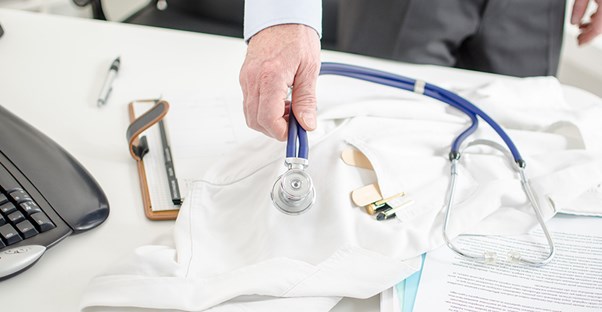Adenomyosis is a disorder in which the uterus’ endometrial lining begins to infiltrate the myometrium, or uterine muscle. The symptoms of adenomyosis can range from nearly debilitating to mild to absent. Depending on how serious your case of adenomyosis is, you may wish to forgo the side effects of pain medication or hormone therapy for more natural or gentle methods. Here’s a look at some home remedies for adenomyosis.
Symptoms Associated with Adenomyosis
At present, there is no way to cure adenomyosis with the exception of a hysterectomy or menopause. As a result, home remedies for adenomyosis are largely limited to controlling the discomfort associated with the disorder. This pain is clinically referred to as dysmenorrhea, but is more commonly referred to as menstrual cramps. Unfortunately, the ways of dealing with adenomyosis as a whole or the other symptoms associated with it (such as heavy periods or the appearance of clots in menstrual blood) are limited.
Take NSAIDS
Over the counter nonsteroidal anti-inflammatories (NSAIDs) are often an effective method for mild adenomyosis pain. In fact, many doctors recommend it. Begin taking an NSAID like ibuprofen or naproxen sodium one or two days before the start of your period. This can help limit inflammation and discomfort. These medications can come with serious side effects, from cardiovascular issues to ulcers, so be sure to follow the directions on the bottle and avoid overuse.
Watch Your Diet
Tea is often utilized as a means of relaxing, and perhaps that psychosomatic attachment to relaxation will help your uterus relax and alleviate cramping. One of the best kinds of tea to drink is chamomile tea. Chamomile tea is thought to contain natural anti-inflammatories; it may be a great alternative to chemical-ridden NSAIDs.
Additionally, you want to be wary of teas that contain caffeine (and anything else with caffeine in it!). Because of its natural tendency to make you energized, caffeine stimulates your muscles. When it stimulates your uterine muscles, it may be making cramping worse.
Apply Heat
Menstrual cramps can also be alleviated by applying heat and/or pressure to the area. Taking a bath with the water as hot as you can stand it will often help relax the muscles, at least until medication begins to take effect. If you are troubled by back pain, this is a great option as well. If a bath isn’t possible, a heating pad can also be highly effective. While electric heating pads that plug into the wall get much warmer and so often work better, microwavable heating pads filled with herbs can provide an olfactory relaxation while allowing a more mobile option. Try using Hot Packs intended for warming your hands or feet in winter as an instant mobile hot pack you can hide under your clothes.
Get Moving
Exercise is a common suggestion for alleviating normal menstrual cramps. There is no evidence that they are equally effective for cramps related to adenomyosis, but neither is their literature suggesting the opposite. Engaging in regular exercise three to four times per week is thought to be very helpful for cramping, although this may be in part due to the increased risk of cramping in overweight women.





